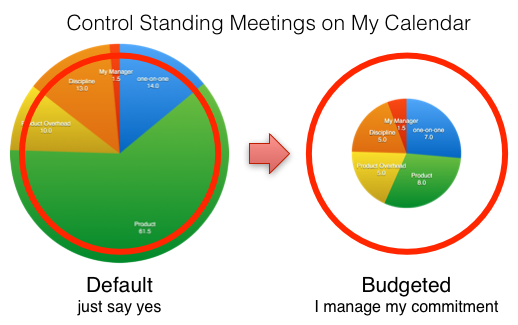I recommend this quick read: 5 Signs it’s Time to Quit Your Job
Not a bad list. The quick version is to worry over
- a no-win environment
- no desire to think about work
- feeling unsafe to express yourself
- frequent Sunday night blues
- no more laughing at work
As Sallie Krawcheck mentions, your signs could be different.
As a manager, you might want to keep these warning signs in mind when running one-on-ones with your employees. You could ask questions to try and uncover burn-out or dissatisfaction early. For example, you might ask
- What is standing in the way of greater success for you?
- What are you passionate about? Does your passion find a voice at work?
- Do you feel safe taking risks and speaking out at work? We may not always agree, but I always want dialog to be open.
- What parts of your job do you look forward to?
- When was the last time work was particularly fun or rewarding for you?
As a manager, I hope I can talk about these things with my directs.
No worries. Just talk. I want my directs to be happy. Life’s too short to hate your job.



